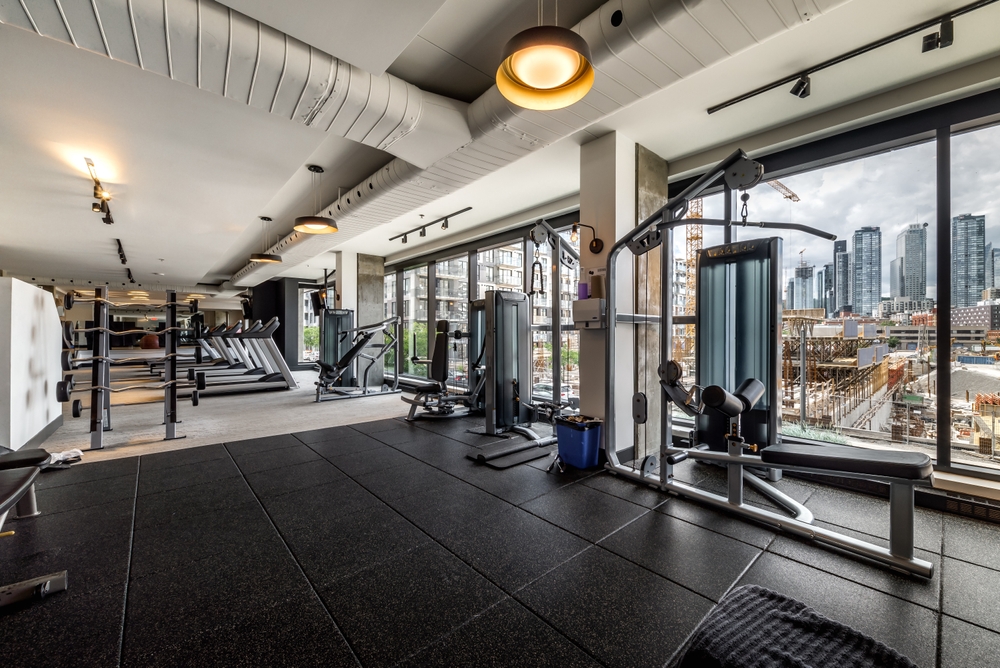
One of the primary benefits of living in a homeowners association (HOA) community is access to shared spaces and amenities. These are known as “common areas,” but what exactly falls under that category? Understanding how these areas are defined, maintained, and regulated is key to effective community management and homeowner satisfaction.
While the specific definition may vary from one community to another, HOA common areas generally refer to the spaces or features that are accessible and intended for use by all members of the association. These might include amenities such as pools, gyms, clubhouses, sidewalks, and landscaped areas. In some communities, particularly those with more extensive amenities, common areas may also include tennis courts, private streets, or even equestrian trails and lakes.
When a homeowner purchases property within an HOA, they automatically become a member of the association. This membership comes with both benefits and obligations—chief among them is access to common areas and the responsibility of contributing to their upkeep through association dues.
HOA governing documents typically distinguish between three types of common elements: general, limited, and exclusive use elements.
These are the spaces and amenities available to all members of the HOA. They’re the most familiar category and include features like walking trails, entry gates, fitness centers, and swimming pools. These areas are usually maintained by the association using funds from the HOA’s operating budget.
Limited common areas are shared by more than one, but not all, members of the community. A typical example might be the lobby or elevator in a condo building, which is only used by residents of that building. These elements may not be open to the entire association, but they still require shared responsibility among those who benefit from them.
These are areas designated for the use of a single homeowner, even though they fall under the broader umbrella of common elements. Balconies, patios, or parking spaces attached to a unit often fall into this category. While access is restricted, maintenance responsibility may still be shared between the homeowner and the HOA depending on the terms laid out in the community’s governing documents.
The responsibility for maintaining common areas is usually clearly defined in the HOA’s covenants, conditions, and restrictions (CC&Rs) or bylaws. Typically, the HOA is responsible for the upkeep of general common elements—this includes routine cleaning, landscaping, preventive repairs, and capital improvements.
In contrast, maintenance for limited or exclusive use elements can be a bit more complex. Some associations place the burden on the individual homeowners who benefit from the space, while others may still handle repairs and replacements but require cost-sharing. It's essential for both board members and homeowners to understand the exact terms outlined in the governing documents to avoid confusion.
To preserve the integrity and usability of common areas, associations often adopt rules governing their use. These rules help prevent misuse, reduce wear and tear, and ensure that all residents enjoy equitable access.
Common examples of rules include:
Posting these rules in common areas, on the association’s website, and in newsletters is crucial for compliance. Boards should ensure the rules are clearly communicated, updated as necessary, and applied consistently to avoid accusations of favoritism or neglect.
Maintenance lapses can lead to serious consequences, including safety hazards, aesthetic decline, and reduced property values. If common areas are neglected, homeowners can take several steps:
Sometimes, maintenance issues stem from budget shortfalls. In these cases, the board may need to re-evaluate the community’s financial planning, increase dues, or seek reserve study assistance to better forecast long-term maintenance needs.
HOA common areas significantly influence the look, feel, and value of the community. Clean, safe, and attractive spaces not only improve residents’ quality of life but also make the neighborhood more appealing to prospective buyers. Because of this, maintenance should be treated as a top priority by the board.
However, overseeing common area care—especially in larger or older communities—can become overwhelming for volunteer board members. That’s why many HOAs partner with professional management companies. These experts can coordinate vendor contracts, monitor compliance with maintenance schedules, and ensure that funds are allocated appropriately, all while allowing board members to focus on high-level oversight and decision-making.
Conclusion
Common areas are at the heart of every HOA community. Whether it’s a serene green space, a well-kept pool, or a welcoming clubhouse, these shared features play a vital role in fostering a sense of community and maintaining property values. Understanding their classifications, maintenance responsibilities, and regulations ensures everyone—from board members to homeowners—knows what’s expected and how to contribute to a thriving neighborhood.
For HOAs looking to improve how their common areas are maintained and managed, partnering with a professional property management company can be a game-changer. Gordon James Realty provides expert community association management services designed to support your board with everything from vendor oversight to compliance and maintenance planning. Contact our team today to learn how we can help your community succeed.

Explore cost-effective strategies for HOAs to conserve water, lower utility bills, and promote sustainable landscaping throughout the community.

Explore 10 essential traits that help HOA board members lead effectively, foster trust, and make sound decisions for their communities.
We're proud to make partnering with us easy. Contact our team to connect with one of our industry experts and get started today.